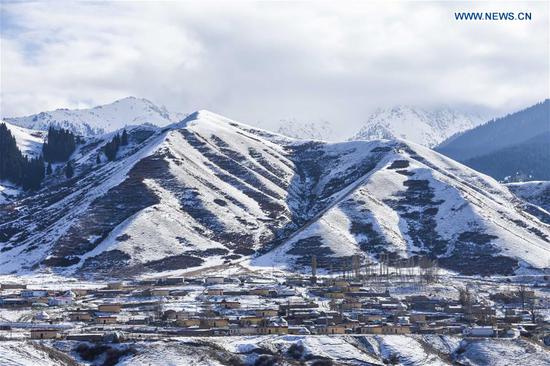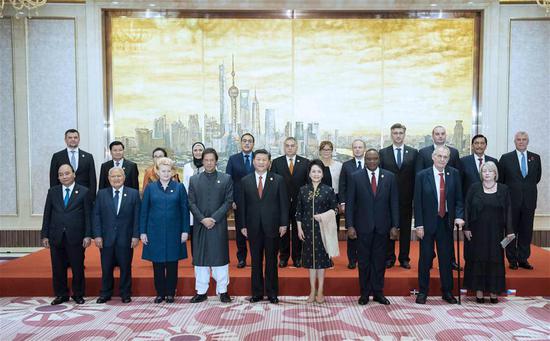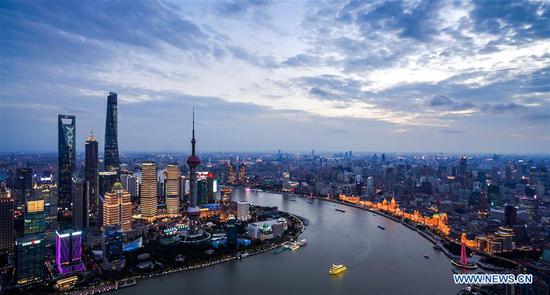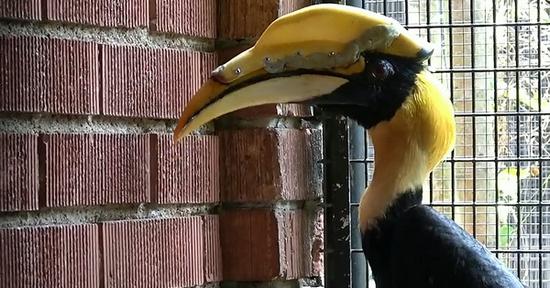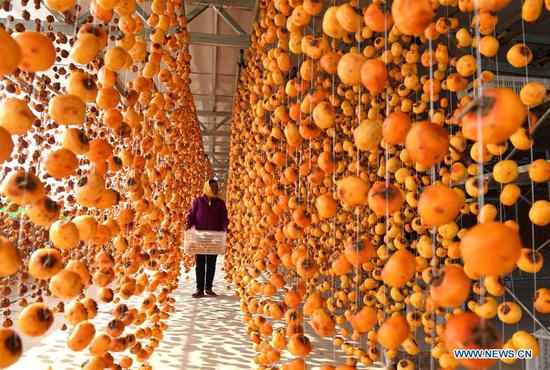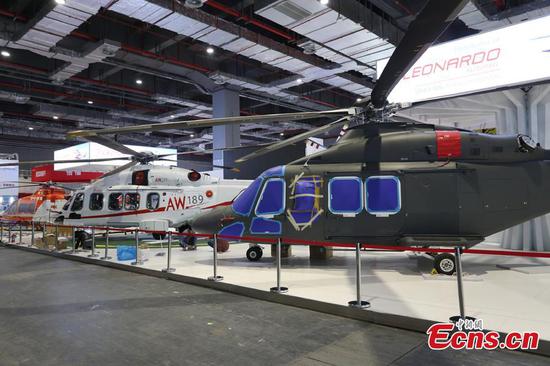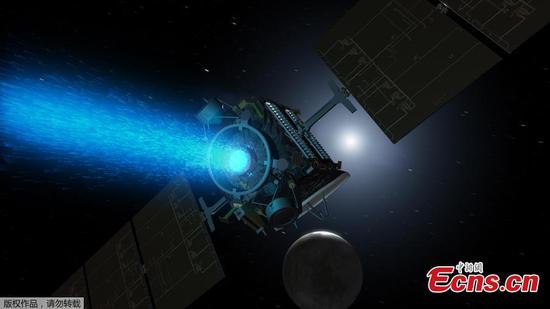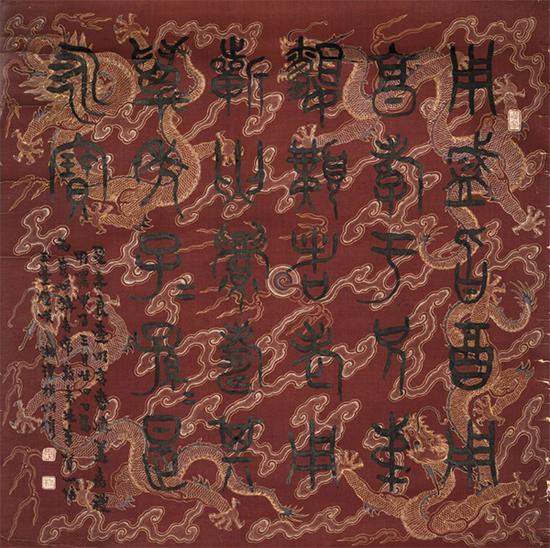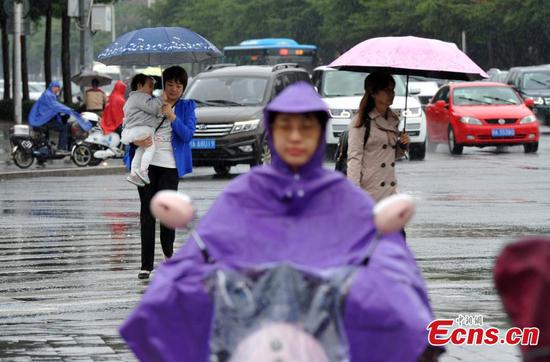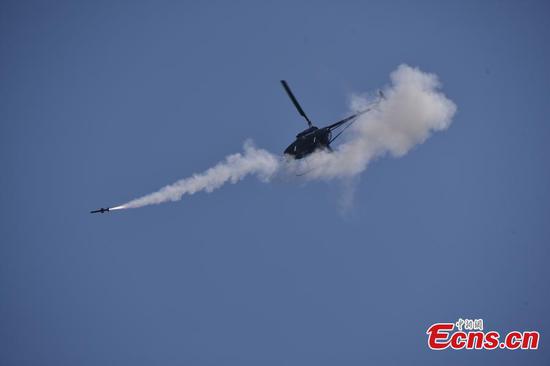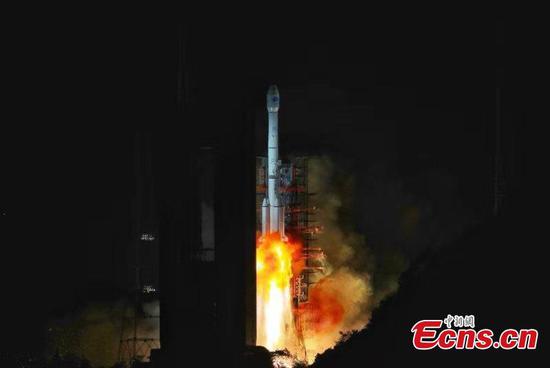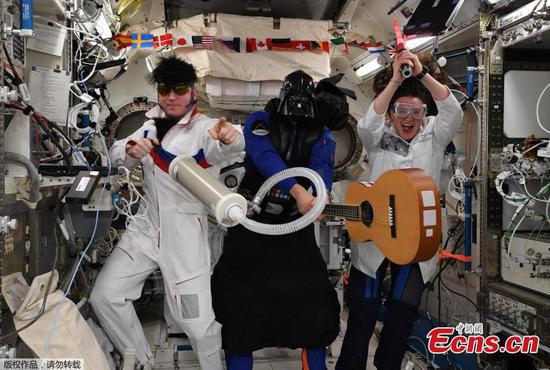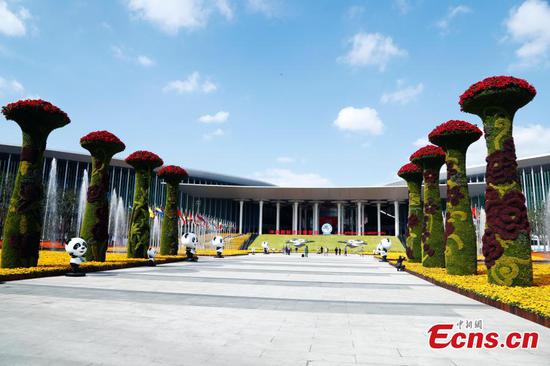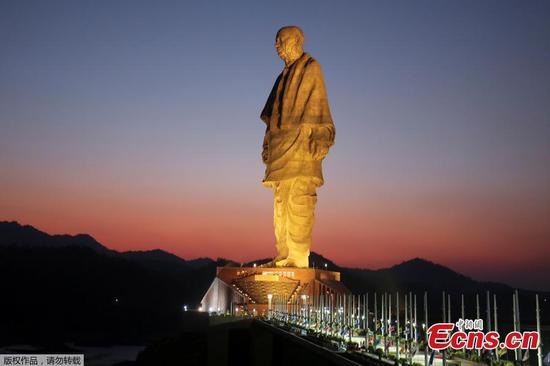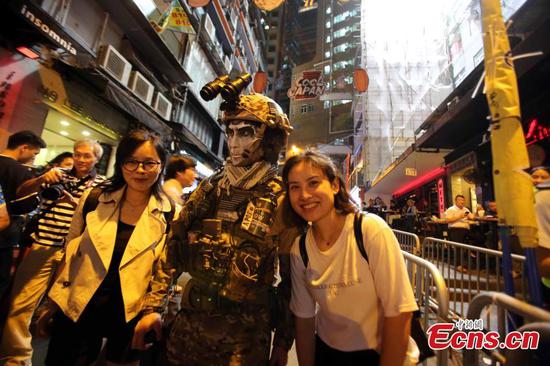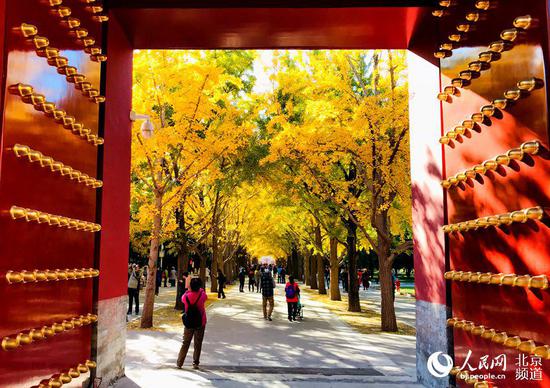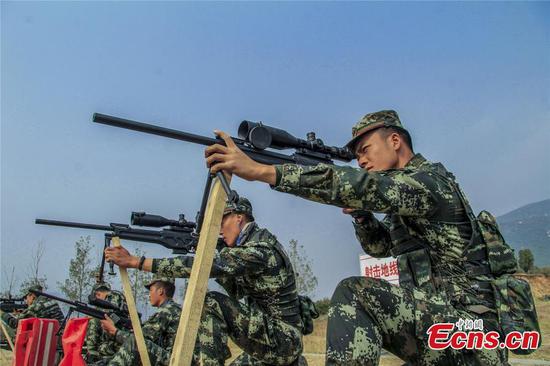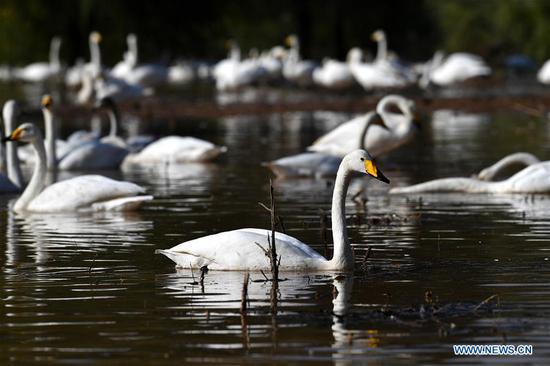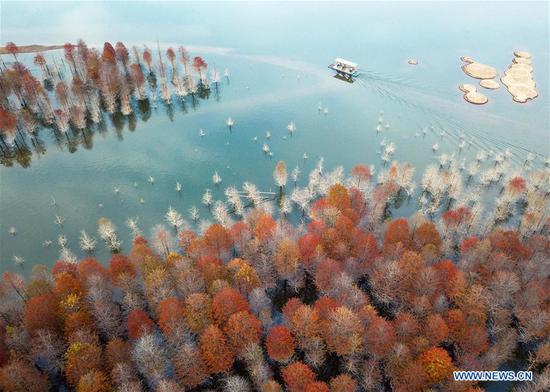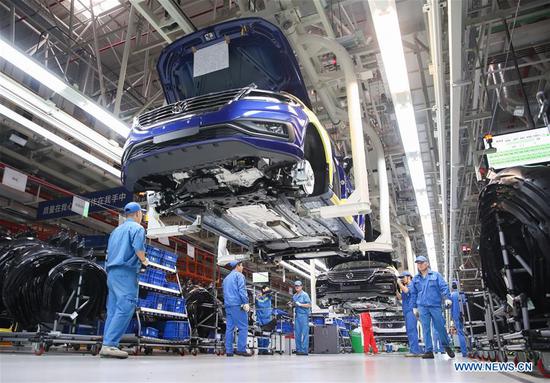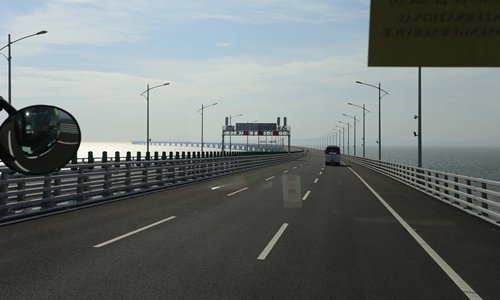
The shuttle bus travels on the HZMB after moving out of the west man-made island. (Photo: Fan Lingzhi/GT)
The Hong Kong-Zhuhai-Macao Bridge (HZMB) was officially opened in South China on October 23, and many people are interested in the new option to travel on the world's longest bridge over the sea.
Downtown to downtown
There are two types of Hong Kong-Macao shuttle buses going across the HZMB - the Express Bus and Golden Bus. The nonstop Express Bus goes between the city centers of Hong Kong and Macao. The Golden Bus, or Port Bus, shuttles back and forth between the ports of entry in Hong Kong and Macao, with a lower cost.
"If you are not in a hurry, you could choose Golden Bus because it's more cost-efficient. It only costs HK$65 ($8.30) to travel from Hong Kong to Macao," a Hong Konger surnamed Yin told the Global Times after taking the shuttle bus last week.
The shuttle buses start at many locations in Hong Kong. The Hong Kong-Macao Express Route, for example, has 22 departure stations, at Kowloon, the New Territories, and Lantau Island. The terminals in Macao include popular hotels and entertainment venues.
The price of the Express Bus in the daytime is HK$160, with a slightly higher price at night and weekends.
25-minute trip
According to the ticket conductor, it takes around 2.5 hours for an express bus to travel from the city center of Hong Kong to Macao over the 55-kilometer HZMB.
The bus taken by this Global Times reporter left the west man-made island in Hong Kong and arrived at Macao port 25 minutes later. Most of the time for the 2.5-hour trip was spent passing through checkpoints and traveling through urban areas.
Going through border checkpoints through the HZMB is time consuming, especially for elderly passengers with luggage.
A week after the bridge's opening, there weren't many passengers at the checkpoint, and most could pass through e-gates without queues. Nonetheless, it still took around 20 minutes for all the passengers in the bus to go through.
After the checkpoint, as the bus entered the 6.7-kilometer undersea tunnel, most passengers didn't notice the difference between the tunnel and ordinary city tunnels. After several minutes, one passenger exclaimed, "What a long tunnel. Are we in the sea?"
The tunnel is made of 33 huge hollow blocks, each weighing 80,000 tons and with a cross-sectional size of a tennis court, immersed 40 meters under in the sea.
The bridge also entails an overpass near the Hong Kong and Macao checkpoints which allows drivers to switch from right-hand traffic, which is adopted in the Chinese mainland, to left-hand traffic in Hong Kong and Macao.
Changing routes
In the long-term operation of the HZMB, all three places are exploring how to maximize the bridge's potential.
Hong Kong's Transport Department started to issue permits to 5,000 cross-boundary private cars in Hong Kong on May 25. From October 25, the department will start issuing the remaining 5,000 permits to private cars in Hong Kong.
This Global Times reporter found that with the shortcut, some passenger transport companies are actively adapting their routes. "In the past, I needed to head north, going through Shenzhen, Guangzhou, and then turn south. It was very tiring to drive over 800 kilometers every day," a bus driver told the Global Times.
He is planning to switch the route to the HZMB in mid-November. Moreover, the bridge helped him to improve his salary to 30,000 yuan ($4,354) per month.
Nobody slept during the journey on the HZMB because of its attractive appearance.
The view of the bridge and the Lingding Channel, the middle channel of the Pearl River estuary, made passengers excited along the journey. However, some expected a more simplified procedure to pass through customs.










